

Remus Ointment 10 gm, Tacrolimus Monohydrate 0.1%
Inhouse product
-
৳11.40
৳12.00 -
৳42.75
৳45.00 -
৳16.63
৳17.50 -
৳2.14
৳2.25
Reviews & Ratings
Indications
Remus ointment is
indicated for short-term and intermittent long-term therapy in the treatment of
patients with moderate to severe atopic dermatitis in whom the use of
alternative, conventional therapies are deemed inadvisable because of potential
risks, or in the treatment of patients who are not adequately responsive to or
are intolerant of alternative, conventional therapies. Remus ointment is also
indicated in other skin conditions such as chronic cutaneous graft-vs-host
disease, hand and foot eczema, allergic contact dermatitis, vitiligo,
psoriasis, lichen planus, facial lichen, vulvar lichen sclerosus, pyoderma
gangrenosum, leg ulcers in rheumatoid arthritis, steroid-induced rosacea &
alopecia areata, annular erythema, chronic actinic dermatitis and recalcitrant
facial erythema.
* রেজিস্টার্ড চিকিৎসকের পরামর্শ মোতাবেক ঔষধ সেবন করুন'
Pharmacology
Tacrolimus is a
macroiide immunomodulator produced by fungus, Streptomyces tsukubaensis. It has
been demonstrated that Tacrolimus inhibits T-lymphocyte activation by first
binding to an intracellular protein, FKBP-12. A complex of Tacrolimus-FKBP-12,
calcium, calmodulin, and calcineurin is then formed and the phosphatase
activity of calcineurin is inhibited. This leads to a general decrease in the
entire inflammatory cascade.
Dosage &
Administration
Use
in adults: Apply a thin layer
of Tacrolimus ointment onto the affected skin areas twice daily and rub in
gently and completely. Treatment should be continued for one week after
clearing of signs and symptoms of atopic dermatitis. The safety of Tacrolim
ointment under occlusion which may promote systemic exposure has not been
evaluated. Tacrolimus ointment should not be used with occlusive dressings.
Use in Children:
- Tacrolimus 0.03% ointment can
be used in pediatric patients 2 years of age and older.
- Tacrolimus 0.1% ointment can be
used in children 16 years of age and older.
Use in Elderly
Patients: Patients >65
years old received Tacrolimus ointment in phase 3 studies. The adverse event
profile for these patients was consistent with that for other adult patients.
* রেজিস্টার্ড চিকিৎসকের পরামর্শ মোতাবেক ঔষধ সেবন করুন'
Interaction
Formal topical drug
interaction studies with Remus ointment have not been conducted. The
concomitant administration of known CYP3A4 inhibitors in patients with
widespread and/or erythrodermic disease should be done with caution. Some
examples of such drugs are erythromycin, itraconazole, ketoconazole,
fluconazole, calcium channel blockers and cimetidine.
Contraindications
Tacrolimus ointment is
contraindicated in patients with a history of hypersensitivity to Tacrolimus or
any other component of the preparation.
Side Effects
Topically applied
Remus ointment have very few and rare type of side-effects including skin
burning, pruritus, flu-like symptoms, allergic reactions, skin erythema, skin
infections, headache, etc.
Pregnancy &
Lactation
Pregnancy Category C.
There are no adequate and well-controlled studies of topically administered
Tacrolimus in pregnant women. Although systemic absorption of Tacrolimus
following topical applications of Tacrolimus ointment is minimal relative to
systemic administration, it is known that Tacrolimus is excreted in human milk.
Because of the potential for serious adverse reactions in nursing infants from
Tacrolimus, a decision should be made whether to discontinue nursing or to
discontinue the drug, taking into account the importance of the drug to the
mother.
Precautions &
Warnings
Cautions should be
exercised while treatment with Remus ointment in patients with atopic
dermatitis predisposed to superficial skin infections. The safety of Remus
ointment has not been established in patients with generalized erythroderma.
Overdose Effects
Remus ointment is not
for oral use. Accidental oral ingestion of Remus ointment may lead to adverse
effects associated with systemic administration of Remus. If oral ingestion
occurs, medical advice should be sought.
Therapeutic Class
Drugs affecting the
immune response
Storage Conditions
Do not store above
30°C. Keep away from light and out of the reach of children.
Frequently Bought Products
Genacyn Ointment 10 gm tube, Gentamicin Sulfate 0.1%
Clotrim Cream 10 gm tube, Clotrimazole 1%
Trevox IV Infusion, Levofloxacin Hemihydrate 500 mg/100 ml
Gentob Ophthalmic Solution 5 ml drop, Tobramycin 0.3%
Epitra Tablet, Clonazepam 0.5 mg
Product Queries (0)
Login Or Registerto submit your questions to seller
Other Questions
No none asked to seller yet
-
৳11.40
৳12.00 -
৳42.75
৳45.00 -
৳16.63
৳17.50 -
৳2.14
৳2.25
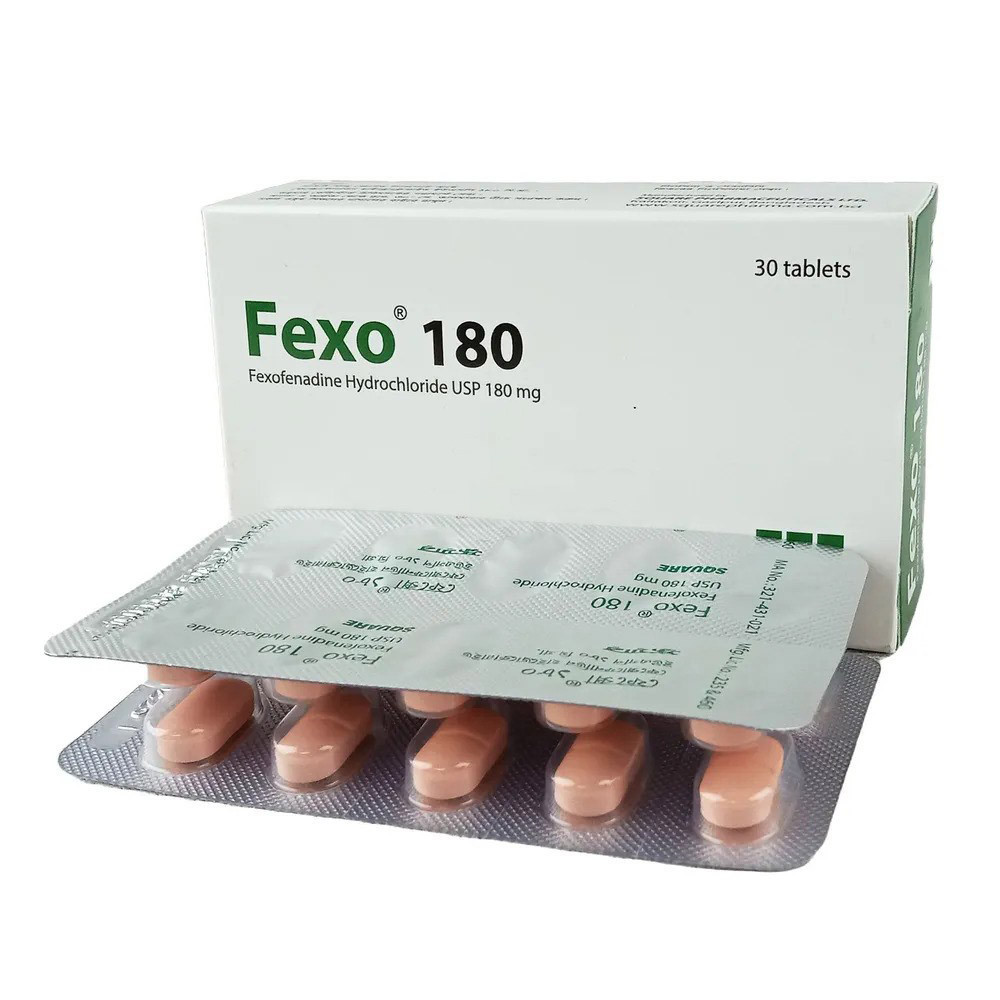



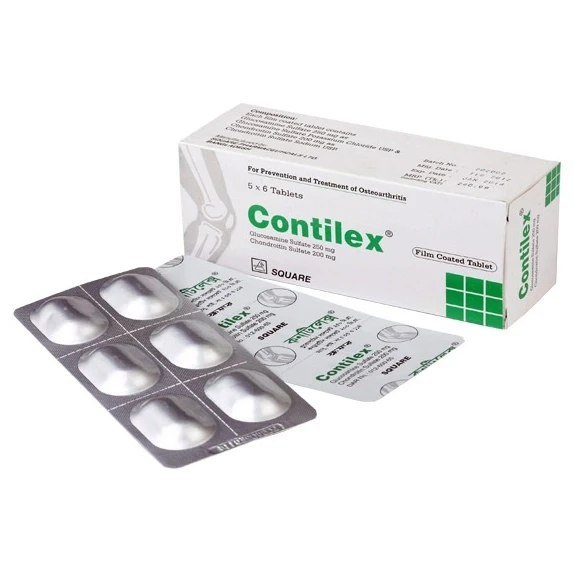
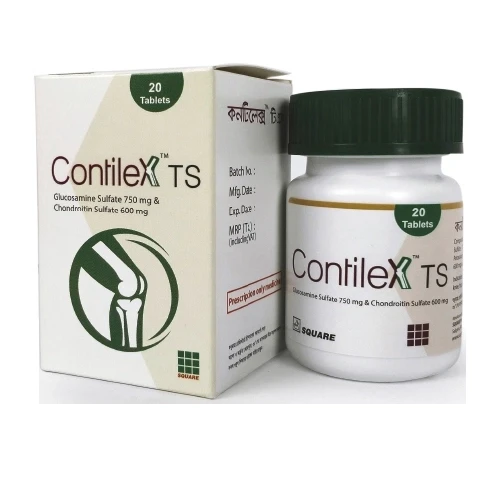




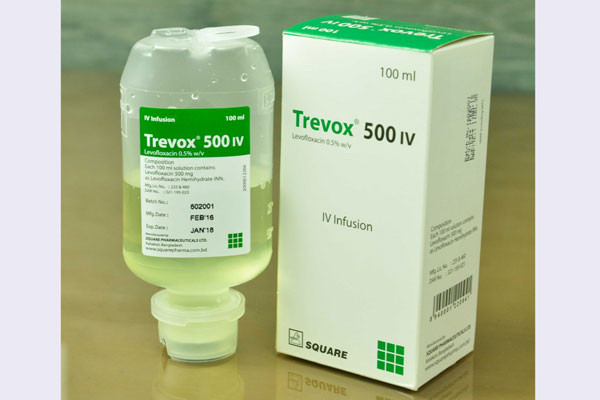
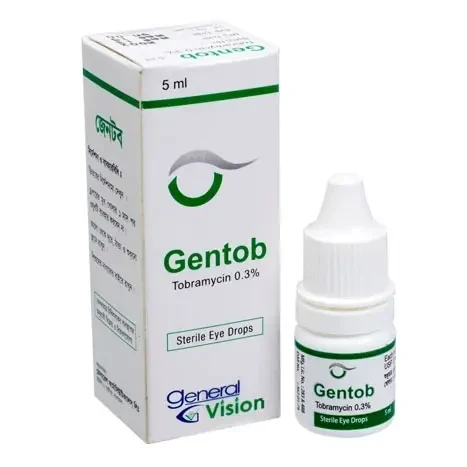

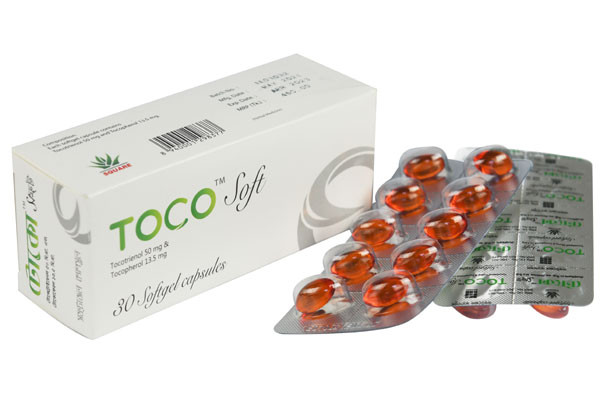

![Acme's ORS Oral Powder, Oral rehydration salt [glucose based] 10.25 gm](https://www.skpharma.com.bd/public/uploads/all/BfReBR7TDfIW2VeGN8AIe4bNFSgGlLGUAHrixSRd.webp)

